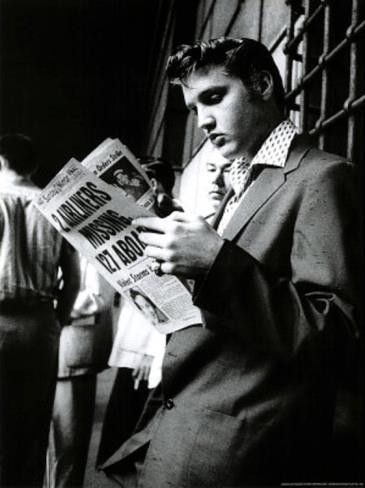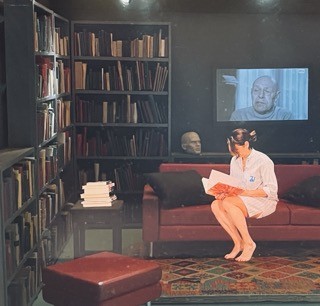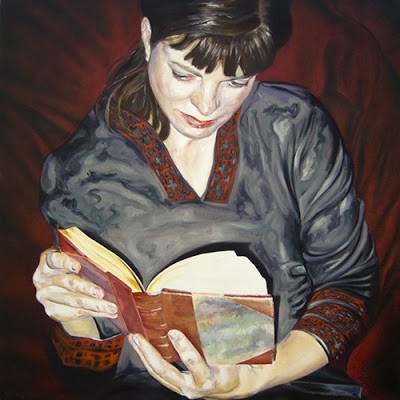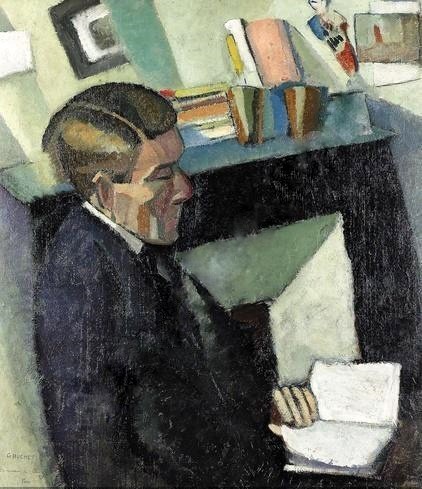Complex text includes those “rhetorical features, literary devices, layers of meaning, graphic elements, symbolism, structural elements, cultural references, and allusions.” (Text that is particularly literal or straightforward is usually not a great candidate for close reading). But there is more to text complexity than that—especially for developing readers.
Text complexity also includes all the other linguistic elements that might make one text more difficult than another. That includes the sophistication of the author’s diction (vocabulary), sentence complexity (syntax or grammar), cohesion, text organization, and tone.
A close reader might be interested in the implications of an author’s grammar choices. For example, interpretations of Faulkner often suggest that his use of extended sentences with lots of explicit subordination and interconnection reveals a world that is nearly full determined… in other words the characters (like the readers) do not necessarily get to make free choices.
And, while that might be an interesting interpretation of how an author’s style helps convey his meaning (prime close reading territory), there is another more basic issue inherent in Faulkner’s sentence construction. The issue of reading comprehension. Readers have to determine what in the heck Faulkner is saying or implying in his sentences. Grasping the meaning of a sentence that goes on for more than a page requires a feat of linguistic analysis and memory that has nothing to do with close reading. It is a text complexity issue. Of course, if you are a fourth-grader, you don’t need a page-long sentence to feel challenged by an author’s grammar.
Text complexity refers to both the sophisticated content and the linguistic complexity of texts. A book like, “To Kill a Mockingbird” is a good example of sophisticated content, but with little linguistic complexity. It is a good candidate for a close reading lesson, but it won’t serve to extend most kids’ language. While a book like “Turn of the Screw” could be a good candidate for close reading, but only if a teacher is willing to teach students to negotiate its linguistic challenges.
The standards are asking teachers to do just that: to teach kids to comprehend linguistically complex texts and the carry out close reads. They definitely are not the same thing.







Comments
See what others have to say about this topic.